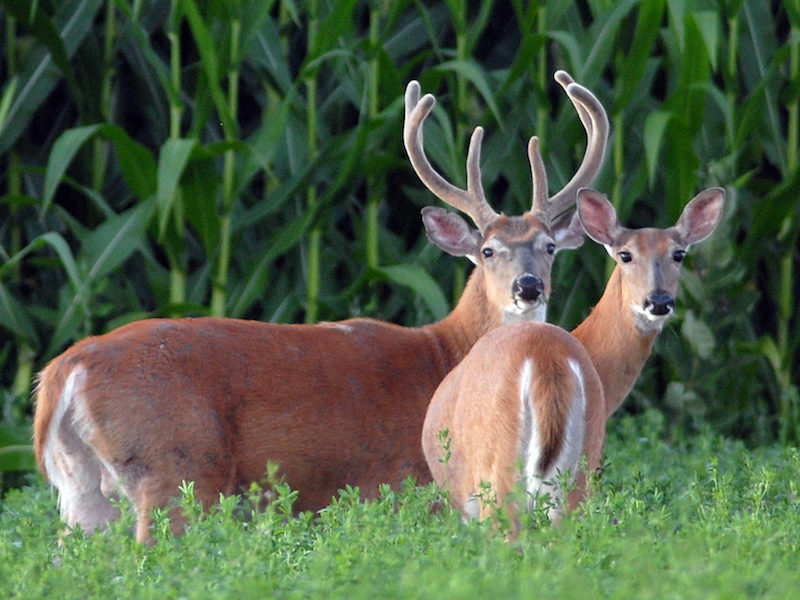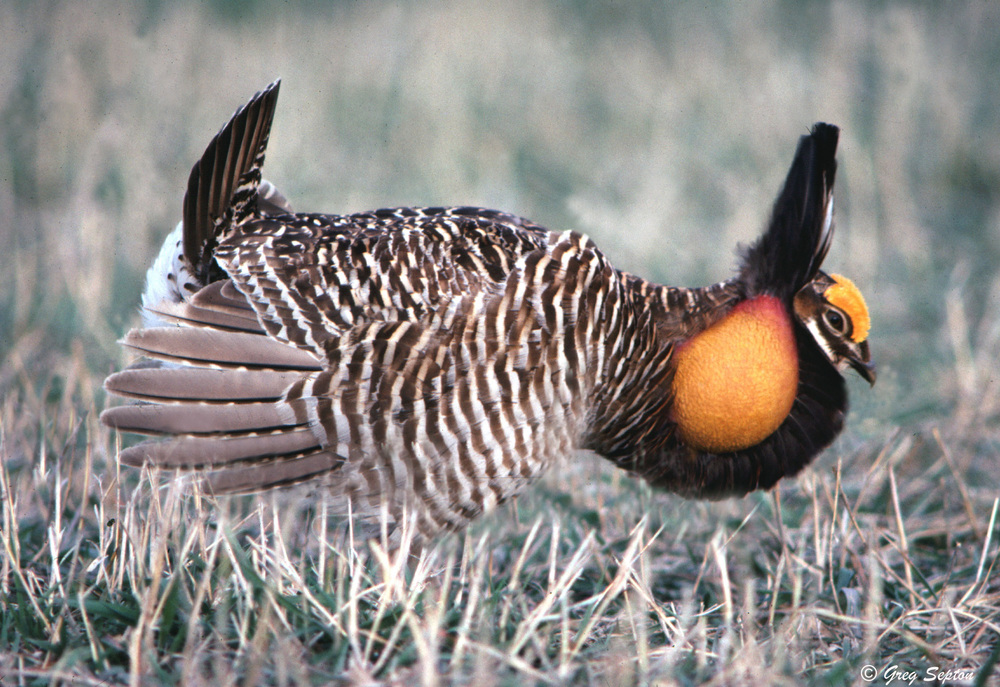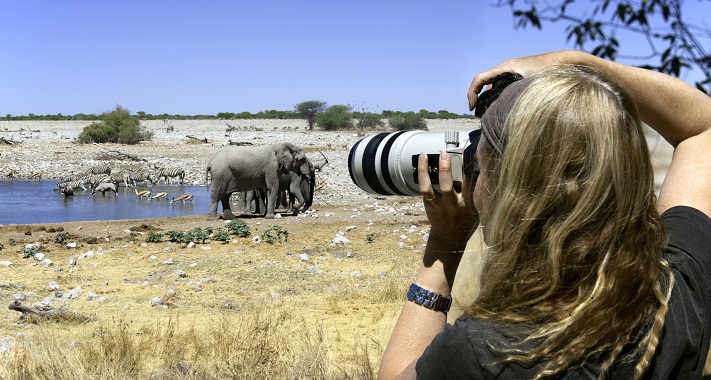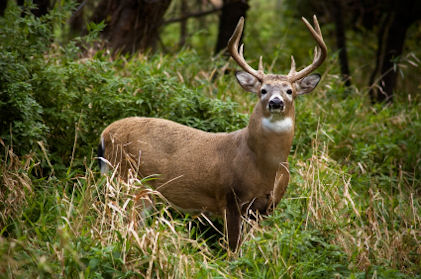 The whitetail deer is one of the most wondrous animals in the wild. Possessing poise, gracefulness, extremely agile, always alert, attentive to sounds and a keen sense of smell. With all the skills the whitetail deer possess, they are actually rather curious and not as timid as one would suspect.
The whitetail deer is one of the most wondrous animals in the wild. Possessing poise, gracefulness, extremely agile, always alert, attentive to sounds and a keen sense of smell. With all the skills the whitetail deer possess, they are actually rather curious and not as timid as one would suspect.
I have chanced to witness dogs running the deer from a perch on a high hilltop with the whitetail playfully eluding his pursuers. Doubling back in his tracks, stopping and browsing at tempting bushes, lingering around until his pursuers catch up and then playfully repeating the whole chase over again.
I don’t think the whitetail is overly concerned by his pursuers, after all just how many hunting dogs can match the speed and agility of the whitetail deer. One may think there just may be an element of sport within the deer.
The thrill of nature and the hunt is strong within the hunter. Maybe it’s human nature and desire to conquer the wilds of the outdoors. The impulse of man over beast, the innate ability to survive and provide food by way of the hunt.
The whitetail deer is now, as it always has been, the most plentiful and most widely distributed of American big game. It holds its own in the land better than any other species, because it is by choice a dweller in the thick forests and swamps, the places around which the tide of civilization flows, leaving them as islets of refuge for the wild creatures which formerly haunted all the country.
The range of the whitetail deer is from the Atlantic to the Pacific, and from the Canadian to the Mexican borders, and somewhat to the north and far to the south of these limits. The animal shows a wide variability, both individually and locally, within these confines; from the hunter’s standpoint, it is not necessary to try to determine exactly the weight that attaches to these local variations.
There is also a very considerable variation in habits. As compared with the mule-deer, the whitetail deer is not a lover of the mountains. As compared with the prong- buck, it is not a lover of the treeless plains. Yet in the Alleghanies and the Adirondacks, at certain seasons especially, and in some places at all seasons, it dwells high among the densely wooded mountains, wandering over their crests and sheer sides, and through the deep ravines; while in the old days there were parts of Texas and the Indian Territory where it was found in great herds far out on the prairie. Moreover, the peculiar nature of its chosen habitat, while generally enabling it to resist the onslaught of man longer than any of its fellows, sometimes exposes it to speedy extermination.
To the westward of the rich bottom-lands and low prairies of the Mississippi Valley proper, when the dry plains country is reached, the natural conditions are much less favorable for whitetail deer than for other big game. The black bear, which in the East has almost precisely the same habitat as the whitetail, disappears entirely on the great plains and reappears in the Rockies in regions which the whitetail does not reach. All over the great plains, into the foothills of the Rockies, the whitetail is found, but only in the thick timber of the river bottoms.
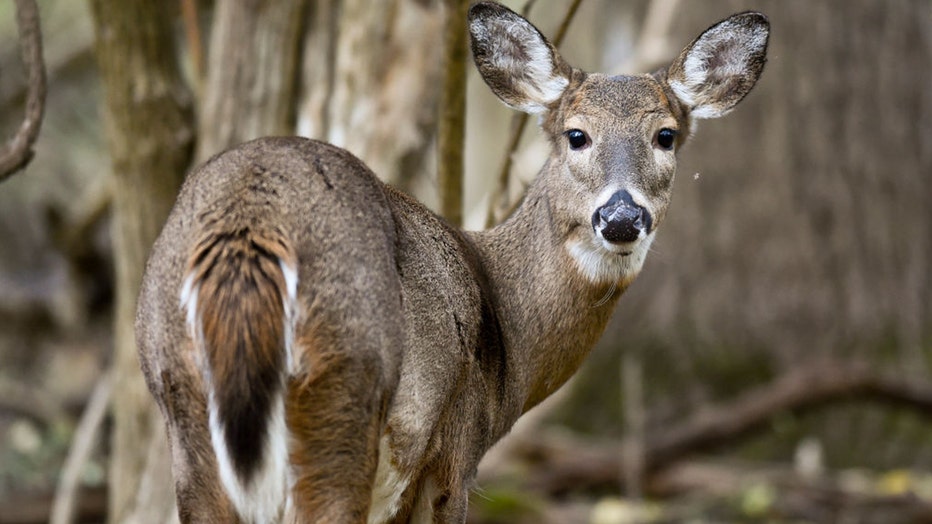
Throughout the regions of the Upper Missouri and Upper Platte, the Big Horn, Powder, Yellowstone, and Cheyenne, over all of which I have hunted, the whitetail lives among the cottonwood groves and dense brush growth that fringe the river beds and here and there extend some distance up the mouths of the large creeks. In these places, the whitetail and the mule-deer may exist in close proximity, but normally neither invades the haunts of the other.
Of all the American game animals the Virginia or whitetail deer is the greatest success as a species; that is, it has developed a better combination of hardiness, fecundity, speed, intelligence, keen wits, and adaptability than any of its relatives, and therefore maintains itself better in spite of the hunter. Its ancient range covered all of the United States east of the Rockies, as well as part of Canada, and to-day, notwithstanding guns, more numerous and deadly each year, there are whitetail deer in every part of their original range that still contains primitive woods.
In the list giving the probable order of extinction of our great game, it will be seen that the Virginia deer stand last, despite the fact that it is the only one in that list whose home is in the thickly settled Eastern States. An incident will show the respect in which hunters hold the whitetail’s gift for taking care of himself.
